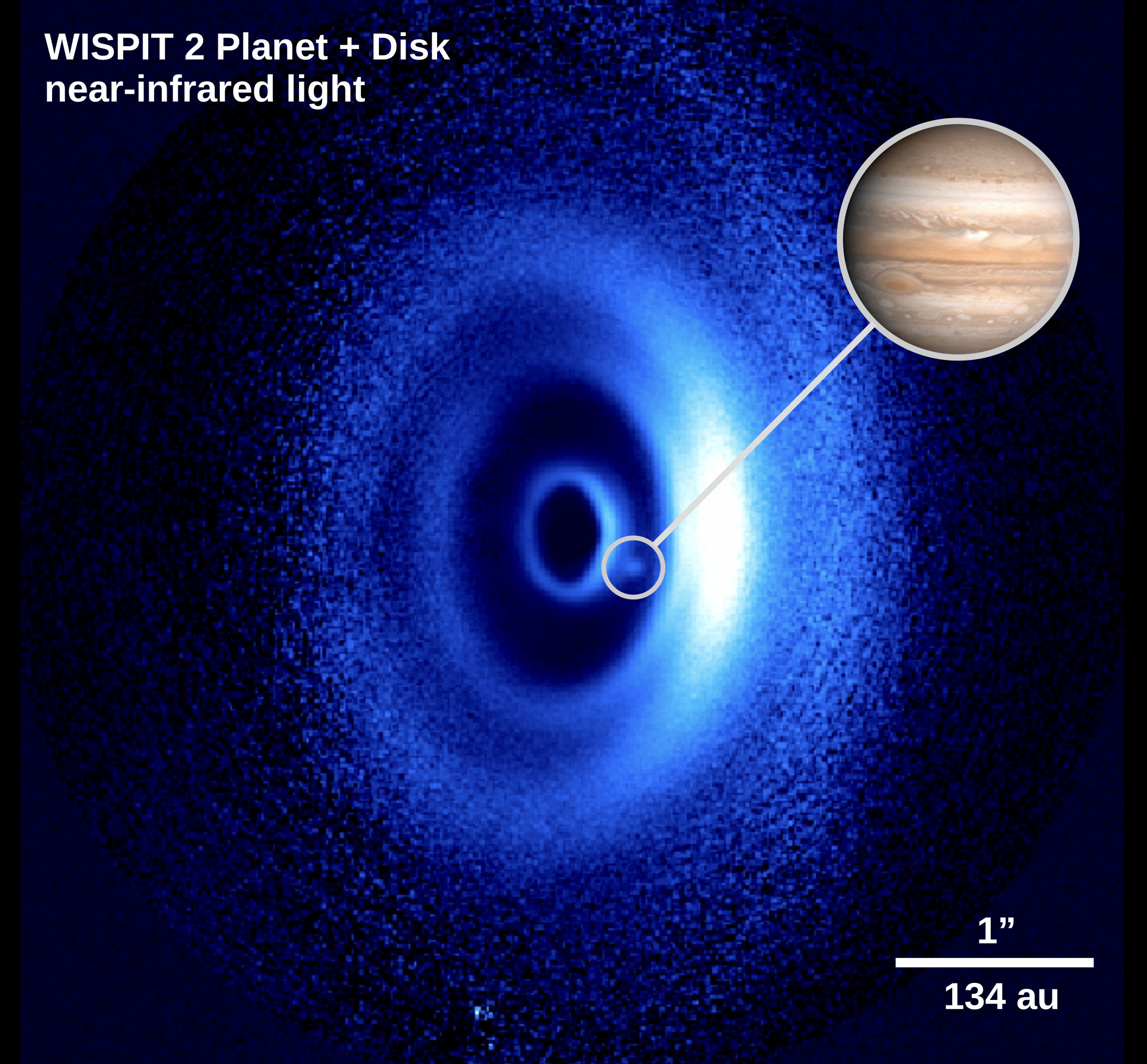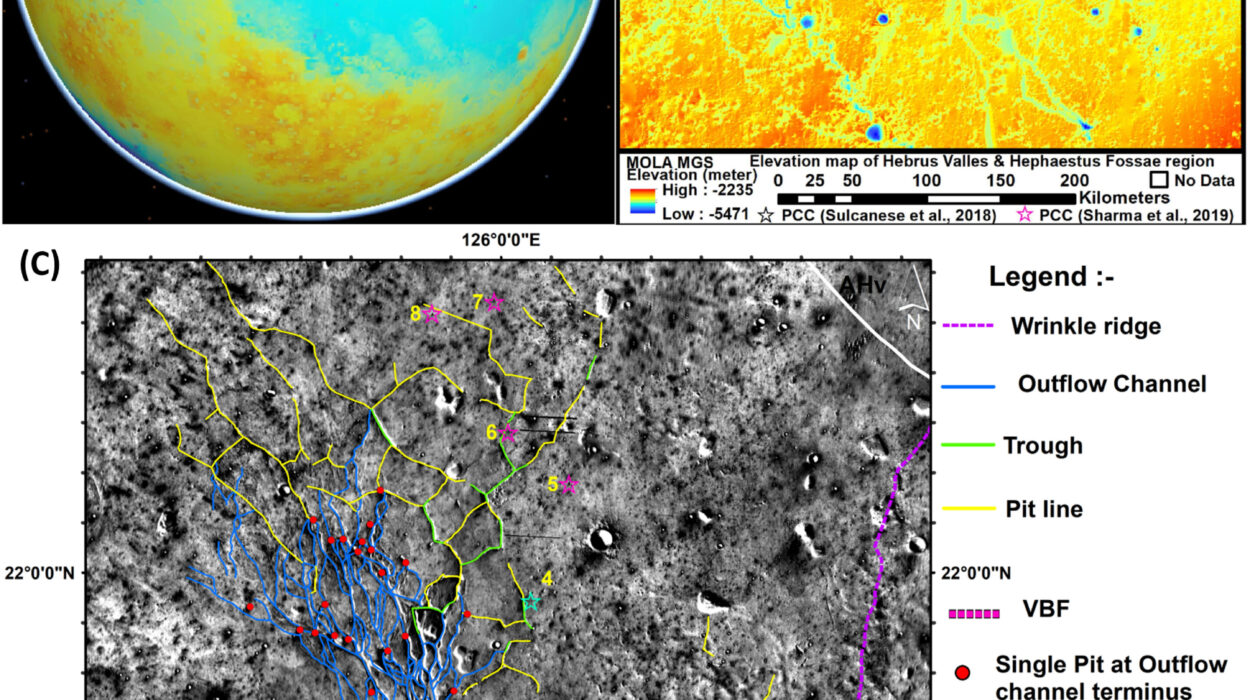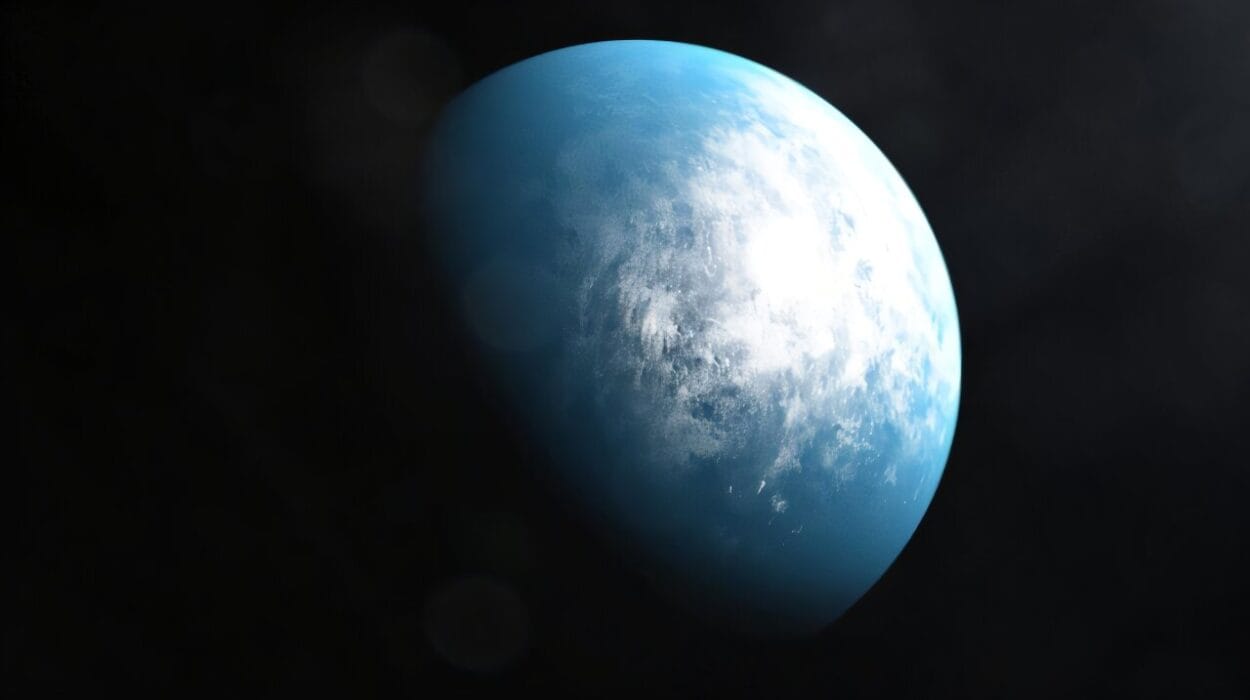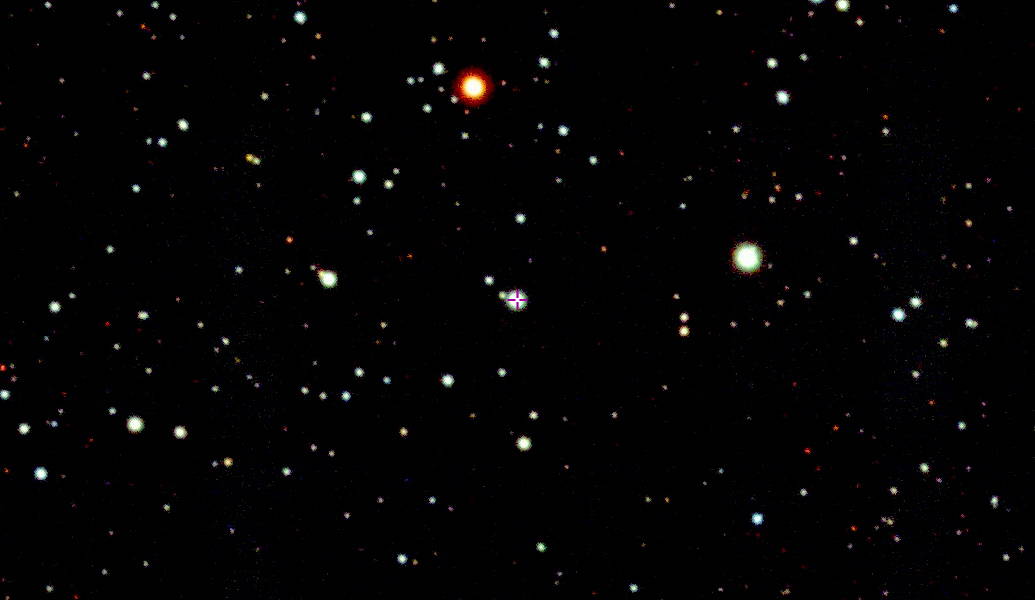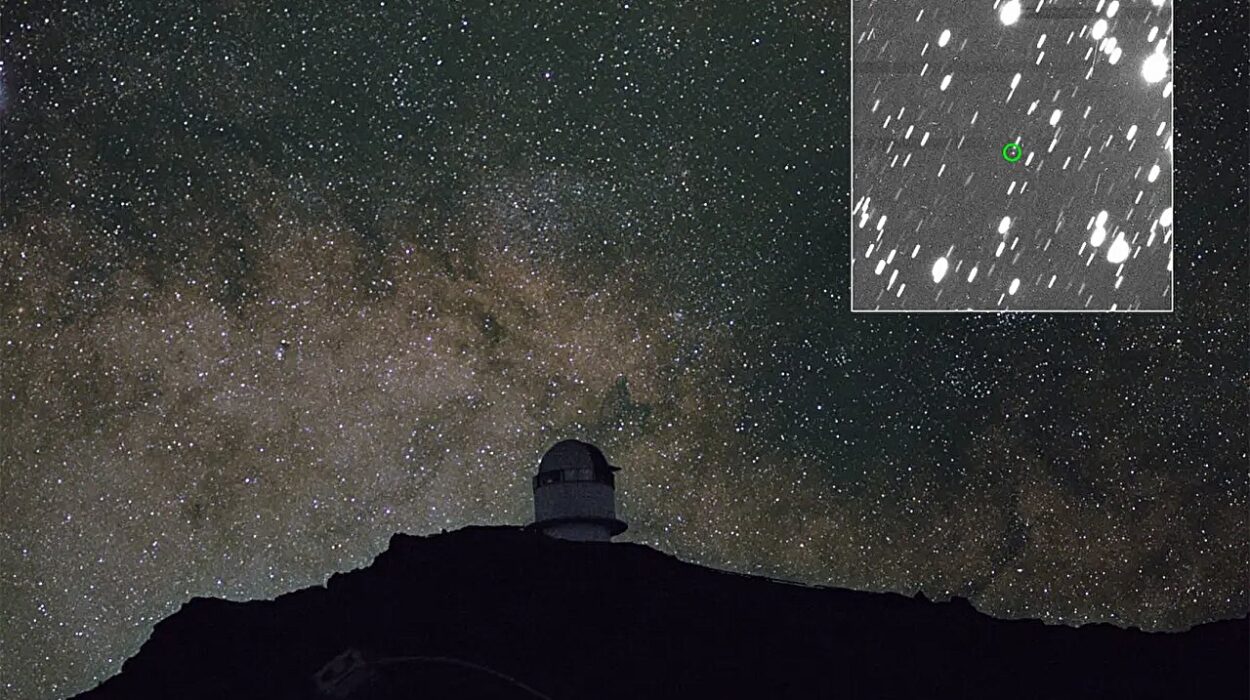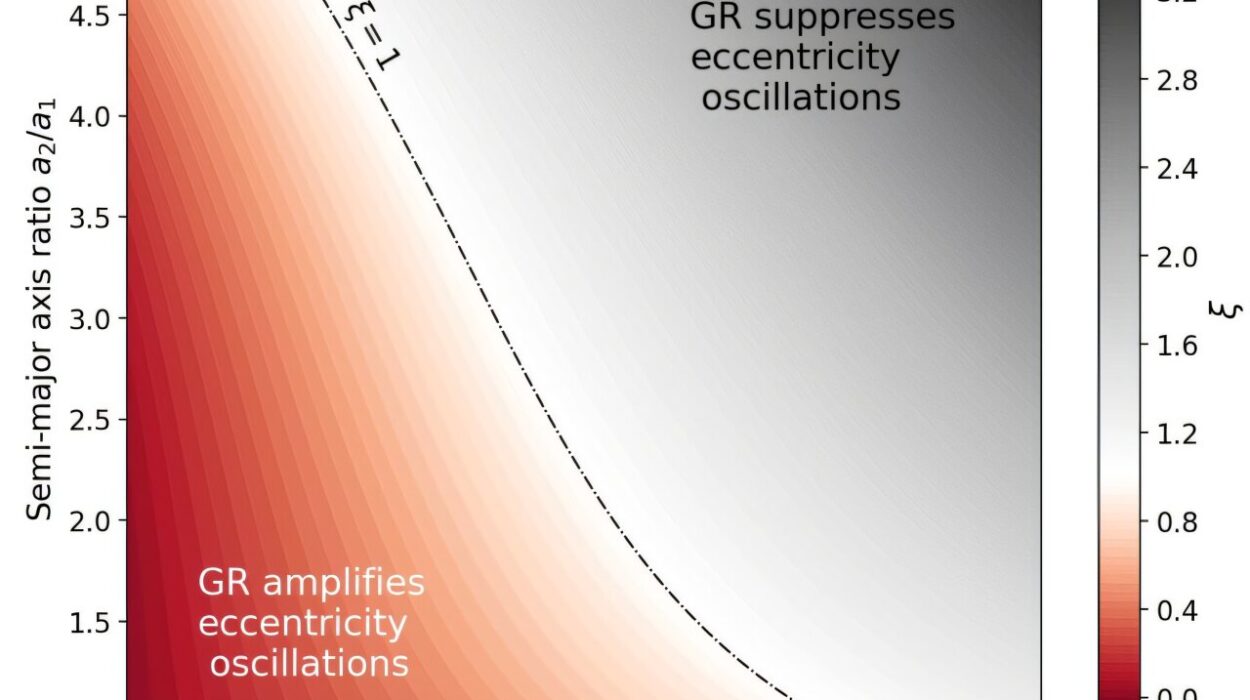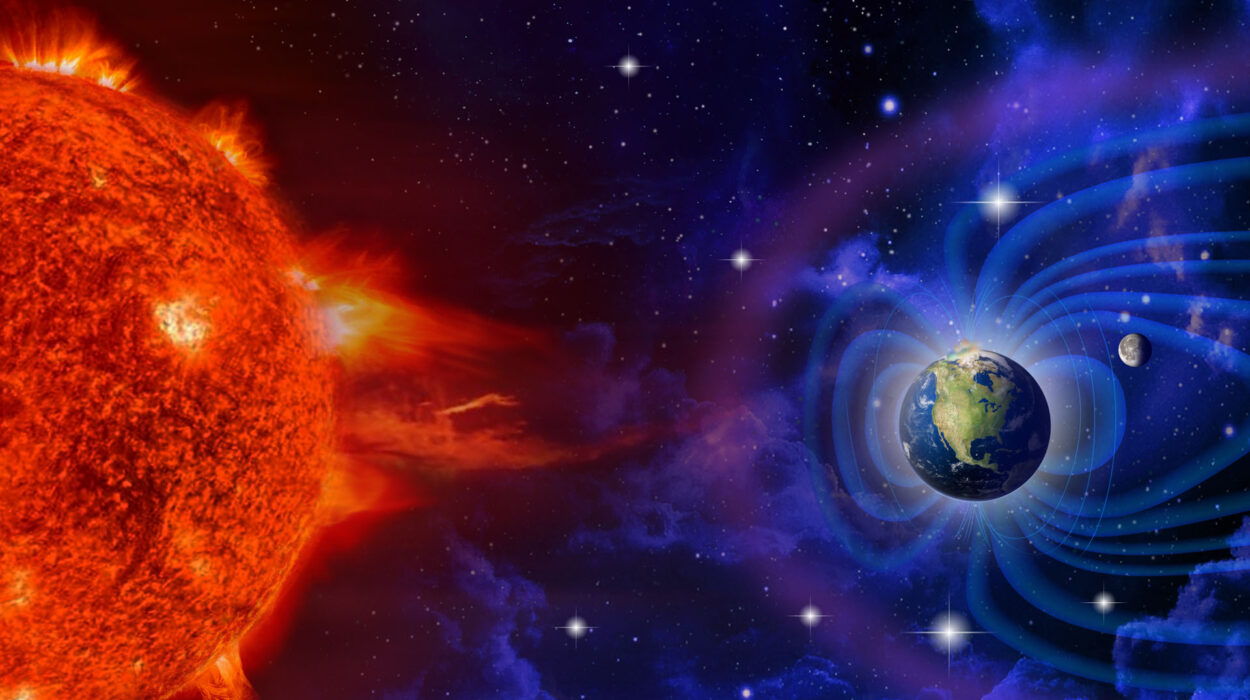In the vast, dark expanse of the cosmos, stars are born, planets emerge, and entire solar systems take shape. Each new discovery peels back a layer of the universe’s deepest mysteries, allowing us to witness the process that gave rise to our own solar system. Recently, an international team of astronomers made a remarkable breakthrough: they directly observed a planet still in the earliest stages of its formation, orbiting a young star that is strikingly similar to our own sun.
This planet, designated WISPIT 2b, is estimated to be a mere 5 million years old—practically a newborn by cosmic standards—and is believed to be a gas giant comparable in size to Jupiter. Its discovery provides scientists with an unprecedented opportunity to study planet formation as it unfolds, offering a living laboratory that may illuminate the origins of worlds like our own.
Unveiling the Hidden Planet
The discovery of WISPIT 2b was part of a larger five-year observational project led by researchers from Leiden University, the University of Galway, and the University of Arizona. Their initial goal was to investigate whether wide-orbit gas giant planets are more common around younger or older stars. What they found exceeded all expectations.
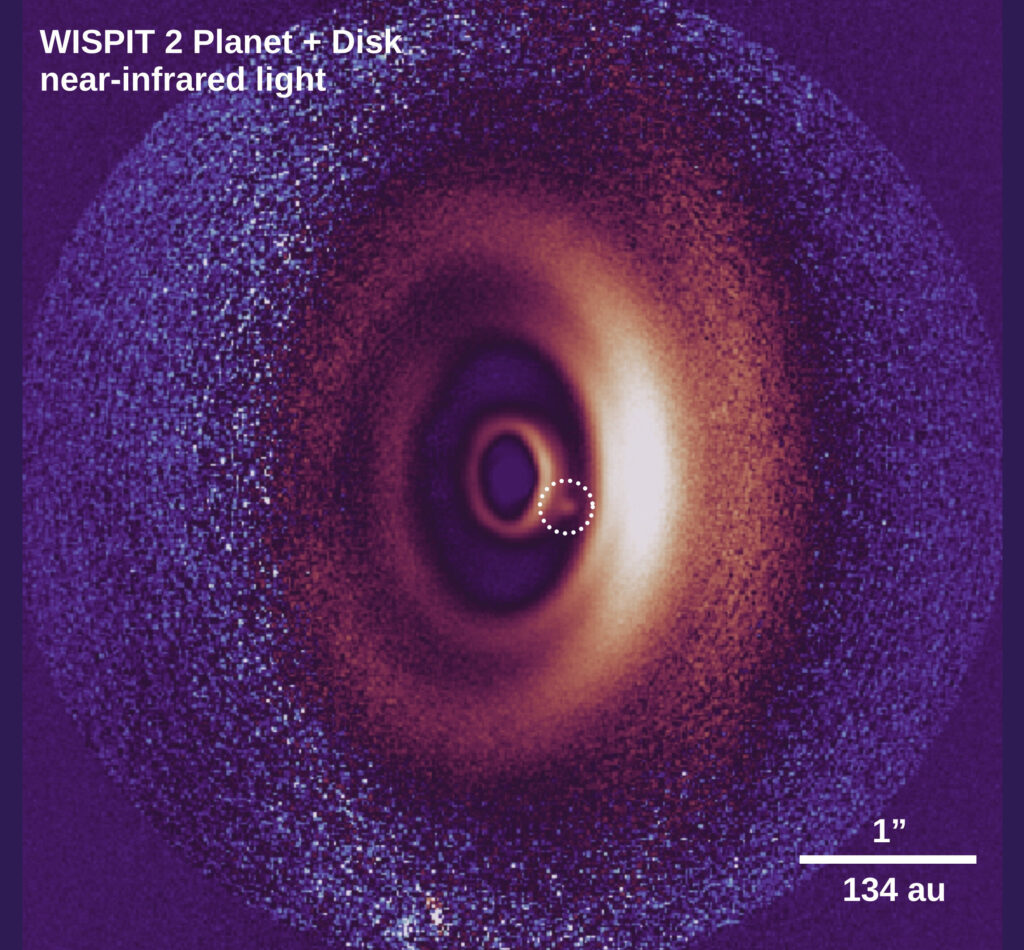
Dr. Christian Ginski, lecturer at the University of Galway and second author of the study, recalls the moment of discovery: “We used really short snapshot observations of many young stars—just a few minutes per object—to see if we could detect a faint dot of light caused by a planet. Instead, we saw something completely unexpected: an exceptionally beautiful, multi-ringed dust disk surrounding a young sun-like star.”
This disk was more than a visual spectacle. It was a cosmic nursery, a place where dust and gas were coalescing into a planetary system. The team quickly realized that a planet might be hiding within the gaps of these rings, prompting immediate follow-up observations. Their hunch proved correct.
A Planet in Formation
WISPIT 2b is only the second confirmed planet detected at such an early stage around a star resembling our sun. The first was found in 2018, also involving Dr. Ginski. What sets WISPIT 2b apart, however, is its location within a multi-ringed protoplanetary disk—the first unambiguous detection of its kind.
These disks of dust and gas, often hundreds of astronomical units in radius, are the cradles of planetary birth. WISPIT 2b’s disk spans approximately 380 astronomical units—roughly 380 times the distance between Earth and the sun. Within this vast expanse, gravitational forces sculpt material into rings and spiral patterns, many of which are thought to be the direct result of forming planets like WISPIT 2b.
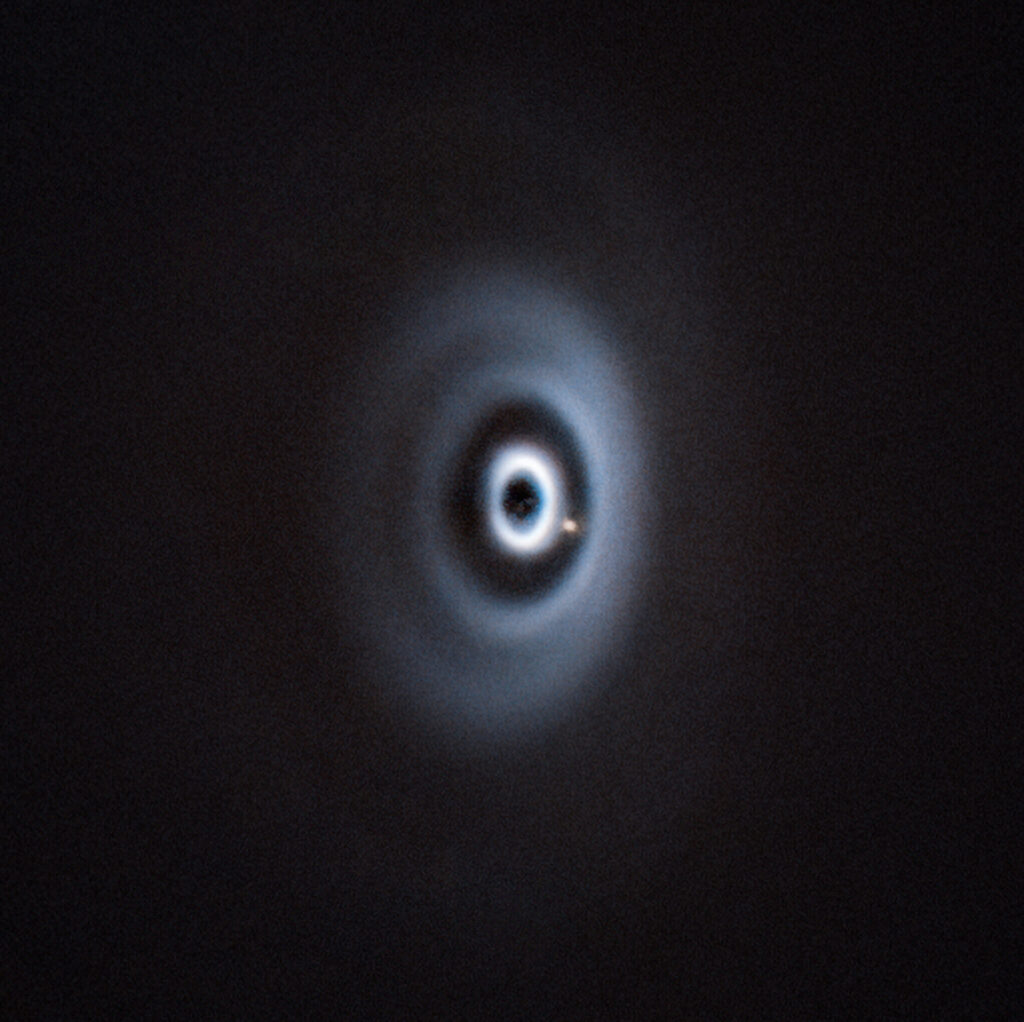
The planet itself was captured in near-infrared light, revealing its heat from the initial stages of formation. It was also detected in visible light, confirming that it is actively accreting gas to form its atmosphere. This dual detection not only confirms the planet’s existence but also provides insights into its ongoing evolution.
The Tools Behind the Discovery
Such a discovery would not have been possible without the use of cutting-edge technology. The team relied on the European Southern Observatory’s Very Large Telescope (ESO’s VLT) in Chile’s Atacama Desert—one of the most advanced observatories in the world. The telescope’s precision and sensitivity allowed the astronomers to capture a clear image of WISPIT 2b embedded within the disk gap, marking a significant achievement in direct imaging of exoplanets.
In addition, the team at the University of Arizona employed a specially designed instrument to detect the planet in visible light. This complementary approach provided a multi-wavelength perspective, revealing both the planet’s glow and the process of gas accretion.
A Collaborative Achievement
The discovery of WISPIT 2b underscores the power of international collaboration and the contributions of early-career researchers. The study was led by Richelle van Capelleveen, an early-career Ph.D. student at Leiden University, alongside a team of graduate students from the University of Galway.
Dr. Ginski expressed his admiration for the young scientists involved: “We were fortunate to have these incredible young researchers on the case. This is the next generation of astrophysicists who I am sure will make more breakthrough discoveries in the years to come.”
Graduate students Chloe Lawlor, Jake Byrne, and Dan McLachlan from the University of Galway all emphasized the transformative nature of their involvement. For them, observing a planet forming in real-time was both awe-inspiring and career-defining, providing a rare glimpse into the dynamic processes that shape planetary systems.
Why This Discovery Matters
WISPIT 2b is more than just a new planet—it is a natural laboratory for understanding how planets interact with their birth disks. By studying this system, astronomers hope to answer fundamental questions: Why do exoplanet systems vary so dramatically? How do gas giants acquire their mass and migrate within their systems? What mechanisms dictate the eventual arrangement of planetary orbits?
Each observation of WISPIT 2b brings scientists closer to understanding the diversity of planetary systems throughout the galaxy. Unlike older exoplanet systems, which have settled into relatively stable configurations, this young system reveals the formative processes that ultimately shape planetary architecture.
Capturing the Cosmos in Motion
The discovery also highlights the serendipitous nature of scientific exploration. While the team initially sought to study the prevalence of gas giants around young versus older stars, it was the unexpected observation of a multi-ringed disk that led to the detection of WISPIT 2b. Such moments remind us that science is not just a methodical process but also an adventure, where curiosity, intuition, and patience can yield transformative insights.
A Window Into Our Own Origins
Perhaps the most profound aspect of WISPIT 2b is what it reveals about our own cosmic history. By studying a young sun-like star and its forming planet, scientists can draw parallels to the early stages of the solar system. It offers a snapshot of what Jupiter and the other planets might have looked like when they first emerged from the primordial disk of gas and dust surrounding the young Sun.
In essence, WISPIT 2b is a bridge across time and space, connecting humanity to the processes that shaped our own home planet. Every ring in the disk, every flicker of infrared light, is a testament to the universality of planetary formation—a reminder that the story of Earth is part of a much larger cosmic narrative.
The Future of Planetary Studies
Looking forward, WISPIT 2b will serve as a benchmark for years to come. Its clear imaging and active accretion make it an ideal subject for ongoing studies of planet-disk interactions. Scientists will continue to monitor the system, seeking to understand how the planet’s orbit evolves, how it gathers mass, and how it influences the surrounding disk material.
The discovery also demonstrates the potential for future breakthroughs. As telescopes and observational instruments become ever more sophisticated, astronomers may uncover even younger planets or more complex systems, further enriching our understanding of planetary origins and the diversity of worlds beyond our solar system.
A Cosmic Achievement for the Next Generation
Ultimately, the discovery of WISPIT 2b is a celebration of curiosity, collaboration, and youthful ambition. It represents the culmination of years of painstaking observation, technical innovation, and imaginative interpretation. But perhaps most importantly, it exemplifies the spirit of scientific discovery: the willingness to explore the unknown, to follow the evidence wherever it leads, and to find wonder in the cosmos.
For the young researchers involved, WISPIT 2b is a tangible reminder that science is not just about learning the universe—it is about participating in its unfolding story. Every image captured, every data point analyzed, is a brushstroke in the grand canvas of cosmic evolution, a testament to the human desire to understand our place in the stars.
In the quiet deserts of Chile, under the gaze of the Very Large Telescope, humanity has glimpsed the birth of a giant. WISPIT 2b is more than a planet; it is a window into creation, a symbol of exploration, and an invitation to continue looking up, wondering, and discovering.
More information: The Astrophysical Journal Letters (2025). DOI: 10.3847/2041-8213/adf721
